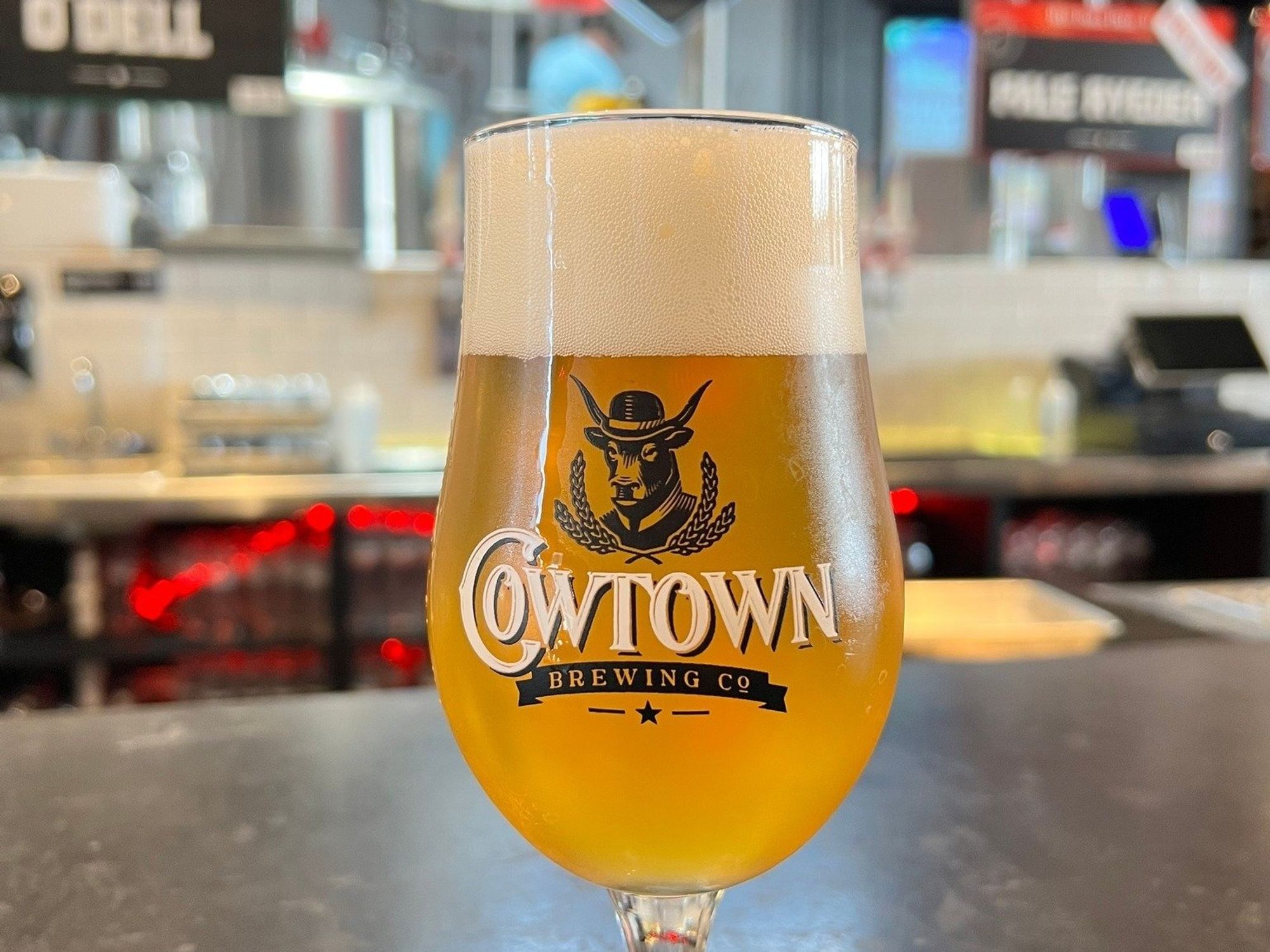Checking Out the Art and Science of Distillery Strategies for Exceptional Spirits
In the realm of crafting remarkable spirits, the blend of artistry and scientific accuracy is a delicate dance that distillers need to understand. It is within these worlds that the alchemy of distillation transforms raw products into fluid gold, teasing the senses with the promise of remarkable spirits waiting to be appreciated.
The Significance of Ingredient Selection
When crafting phenomenal spirits, the foundation of top quality hinges on the precise option of active ingredients. Breweries in Galveston Texas. Each aspect selected adds to the end product's flavor profile, complexity, and total allure. Distillers have to thoroughly take into consideration variables such as the source, top quality, and characteristics of each ingredient to make certain uniformity and excellence in every set generated
Among the main active ingredients in spirit production is the base product, such as grains for bourbon or sugarcane for rum. The kind of base material picked significantly influences the spirit's flavor, appearance, and scent. Distillers often resource these ingredients from details regions renowned for generating high-quality crops that satisfy their criteria.
Moreover, the water used in distillation plays an important duty fit the spirit's final taste. Distilleries typically buy water filtering systems to make sure pureness and uniformity, as also small variants in water top quality can impact the end product considerably.
Mastering the Distillation Refine
To achieve remarkable spirits, understanding the distillation procedure is a pivotal step that requires accuracy, competence, and devotion. Distillation is a methodical process that includes home heating a liquid mixture to develop vapor and after that cooling it to condense the vapor back into a liquid form. The vital to mastering this process hinges on comprehending the principles of steaming factors, vapor stress, and the structure of the fluid being distilled.
One important facet of understanding distillation is regulating the temperature level within the still. By thoroughly managing the temperature level, distillers can separate various compounds based on their boiling factors, enabling the extraction of desired tastes and scents while eliminating contaminations. In addition, the selection of the suitable kind of still, such as pot stills or column stills, can significantly affect the end product.
In addition, grasping the distillation procedure involves proficient sensory assessment. Distillers must continuously keep track of the extract's look, fragrance, and preference to make real-time changes and make sure uniformity and quality in every set produced. By honing their strategies and continuously looking for improvement, distillers can raise their spirits to new degrees of excellence.
Balancing Practice and Technology
Attaining a harmonious equilibrium between innovative techniques and typical practices is essential in the quest for crafting phenomenal spirits of unmatched top quality. Distilleries that recognize time-tested methods passed down through generations while likewise welcoming contemporary innovations can produce special and why not try this out outstanding spirits that stand out in a competitive market.
Stabilizing custom and technology needs a deep understanding of the core principles of purification along with a desire to adjust and discover brand-new possibilities (Breweries in Galveston Texas). It is a delicate dance that, when performed masterfully, can lead to the production of genuinely outstanding spirits that resonate with a vast array of enthusiasts and lovers
Enhancing Flavors Via Aging
In the pursuit of crafting outstanding spirits that recognize custom while embracing technology, distilleries strategically use aging processes to improve and strengthen the flavors of their developments. Aging spirits, such as brandy, whiskey, and rum, in wood barrels enables a transformative trip where the fluid interacts with the timber, acquiring complex flavors, scents, and shades. Oak barrels are typically picked for aging as a result of their permeable nature, which allows the spirit to breathe and draw out compounds like tannins, lignins, and vanillin from the timber.

Accomplishing Uniformity and Quality
Maintaining a high level of consistency and quality is critical in the production of extraordinary spirits. More hints Accomplishing this calls for a thorough technique at every phase of the purification procedure. To begin, selecting premium resources is essential. Whether it's the grains for bourbon or the botanicals for gin, the active ingredients develop the foundation of a spirit's taste account. Consistency in sourcing these products ensures that each set meets the designated preference and fragrance characteristics.
Additionally, the distillation tools need to be correctly kept to ensure uniformity in each distillation run. Routine cleansing and calibration of devices help avoid off-flavors or pollutants from impacting the end product. In addition, adherence to specific fermentation and purification techniques is vital. Keeping an eye on temperatures, fermentation times, and purification cuts with precision permits distillers to duplicate desired flavor profiles regularly.
Quality control actions, such as normal tasting panels and lab analysis, play a vital function in ensuring that each set meets the well established standards. By promoting strenuous top quality control procedures and prioritizing uniformity throughout manufacturing, distilleries can provide remarkable spirits that satisfy consumer assumptions time and time once again.

Conclusion
To conclude, the art and science of distillery methods play a crucial duty in creating extraordinary spirits. From thoroughly choosing ingredients to understanding the distillation procedure, stabilizing custom and advancement, boosting tastes with aging, and attaining uniformity and quality, every step is vital. By recognizing and carrying out these methods efficiently, distilleries can produce spirits that stand apart in regards to taste, high quality, and total experience for consumers.

To attain exceptional spirits, understanding the purification process is an essential step that demands commitment, expertise, and precision.In the quest of crafting exceptional spirits that honor tradition while embracing innovation, distilleries strategically utilize maturing processes to boost and grow the tastes of their creations. By understanding the art navigate to these guys of aging, distilleries can create spirits that are not just remarkable but additionally show the best consistency in between classic traditions and innovative methods.
In final thought, the art and scientific research of distillery methods play an essential role in developing extraordinary spirits.